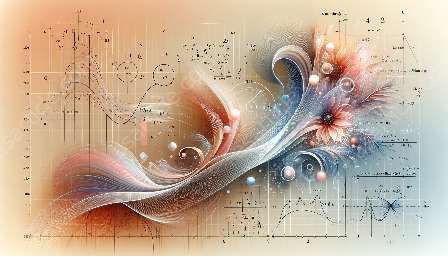Welcome to the world of numbers, where precision and accuracy matter. In this comprehensive guide, we'll delve into the fascinating concepts of significant figures, errors, and error analysis in mathematics and statistics. Whether you're a student, a professional, or simply a curious mind, understanding these topics is essential for making informed decisions and drawing reliable conclusions in a wide range of applications.
The Significance of Significant Figures
Significant figures, also known as significant digits, are the digits in a number that carry meaningful information about its precision. When working with measurements or calculations, it's crucial to pay attention to significant figures to ensure that the results accurately reflect the precision of the data. Let's explore some key aspects of significant figures:
- Purpose: Significant figures help convey the precision of a measured or calculated value. They indicate the certainty of each digit and provide a way to differentiate between exact and approximate numbers.
- Rules for Counting Significant Figures: When identifying significant figures in a number, certain rules apply. Non-zero digits, zeroes between non-zero digits, and trailing zeroes in a number containing a decimal point are all considered significant. Leading zeroes and placeholder zeroes are generally not significant.
- Example: Consider the number 3.14159. It has six significant figures, indicating a high level of precision in the measurement or calculation it represents.
Dealing with Errors
As much as we strive for accuracy in our numerical endeavors, the presence of errors is an inherent reality. An error in the context of mathematics and statistics refers to the difference between a measured or calculated value and its true value. Let's explore the types of errors commonly encountered:
- Random Errors: These errors occur unpredictably and can result from various factors such as environmental conditions, experimental setup, or human variability. They tend to be symmetrically distributed around the true value when multiple measurements are taken.
- Systematic Errors: Unlike random errors, systematic errors are consistent and can be attributed to flaws in equipment, calibration, or procedural biases. They can lead to consistently skewed results and are generally harder to detect.
- Example: Imagine a scenario where a scale consistently overestimates the weight of an object by 0.5 grams. This is an example of a systematic error that can influence the accuracy of measurements.
Embracing Error Analysis
Error analysis is a powerful tool that allows us to understand, quantify, and mitigate the impact of errors in our measurements and calculations. By employing various techniques and statistical methods, we can gain valuable insights into the nature of errors and make informed decisions based on reliable data. Here are some key aspects of error analysis:
- Measurement Uncertainty: Understanding the uncertainty associated with measurements is fundamental to error analysis. By quantifying the range within which a measured value is likely to lie, we can account for the inherent variability and limitations of our instruments and methods.
- Propagation of Errors: When combining multiple measurements or performing calculations with measured values, error propagation becomes a critical consideration. Different mathematical operations have specific rules for propagating errors, and understanding these rules is essential for deriving accurate results.
- Error Bars and Confidence Intervals: Visualizing the range of uncertainty in data is often achieved through the use of error bars and confidence intervals. These graphical representations provide a clear indication of the variability and reliability of the measurements and statistical estimates.
- Engineering and Construction: Precise measurements and reliable error analysis are essential for designing structures, calculating loads, and ensuring the safety and integrity of buildings, bridges, and infrastructure.
- Scientific Research: Whether in the laboratory or the field, researchers rely on accurate measurements and thorough error analysis to draw meaningful conclusions, validate hypotheses, and contribute to the advancement of knowledge.
- Financial Modeling: In the world of finance, the meticulous consideration of significant figures and the rigorous analysis of errors are vital for making sound investment decisions, assessing risk, and evaluating the performance of portfolios and assets.
Real-World Applications
The concepts of significant figures, errors, and error analysis extend far beyond the realm of academia. They play a crucial role in diverse fields such as engineering, physics, chemistry, finance, and more. Let's explore some real-world applications:
Conclusion
As we wrap up our journey through the world of significant figures, errors, and error analysis, we've gained a deeper appreciation for the pivotal role these concepts play in the realm of mathematics and statistics. Whether we're striving for precision in scientific measurements, harnessing the power of statistics in decision-making, or striving for accuracy in engineering endeavors, the understanding of significant figures and error analysis equips us with the tools to navigate the complexities of uncertainty and variability in our numerical explorations.

